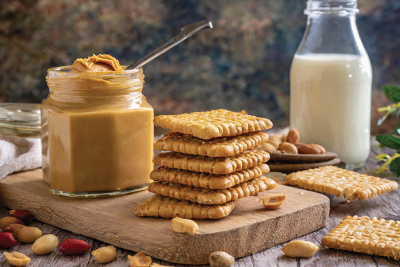The Naturalist's Corner
It’s 11 p.m. – do you know where your wood thrush is?
“Hello, Ms. Stutchbury, this is OnStar. Your wood thrush that is supposed to be on its way to Mexico is actually in New Orleans.”
It’s really not as simple as that, but technology is beginning to fill in more blanks regarding avian migration. York University professor Bridget Stutchbury and her researchers are outfitting wood thrushes and purple martins with tiny (1.5 gram) geolocator backpacks in order to track their entire migration cycle from Pennsylvania to South America and back.
These dime-sized backpacks are held in place at the base of the bird’s spine by thin straps looped around its legs. According to Stutchbury, the backpacks do not interfere with flight nor the bird’s regular routine and/or habits. The geolocators record light levels. Researchers can analyze the light data and estimate the bird’s latitude and longitude to within 180 miles at any given time.
At first glance, plus or minus 180 miles may not seem like pinpoint accuracy but when you figure you’re tracking a mobile eight-inch object over a linear distance of 4,000 miles and you can not only estimate its location but determine the direction of its movement, it’s pretty amazing.
Plus I can assure you that, as we speak, techno-geeks somewhere are sipping lattes and devising ways to enhance the accuracy of these devices. It’s what they do.
Related Items
Stutchbury and her researchers outfitted 14 wood thrushes and 20 purple martins with backpacks on their nesting grounds in Pennsylvania in 2007. In the summer of 2008, they recovered backpacks from five wood thrushes and two purple martins.
As is so often the case in the natural world, documentable facts prove that animals are even more extraordinary than we assumed.
Earlier migration studies estimated flight performance of migrants at around 95 miles per day. Stutchbury’s birds blew that assumption out of the water by winging more than 300 miles in a single day.
The study, funded in part by the National Geographic Society, indicates that fall migration is a more leisurely event than spring migration. According to researchers four wood thrushes spent from one to two weeks in the southeastern U.S. before crossing the Gulf of Mexico. A group of purple martins took around a month’s respite on the Yucatan Peninsula before heading on to Brazil.
Perhaps it’s that eons old biological urge to merge, but whatever the reason, spring migration back to breeding grounds is much more rapid and direct. One purple martin that sauntered down to Brazil in 43 days returned to its breeding colony in Pennsylvania in a blistering 13 days, averaging more than 300 miles per day.
This groundbreaking research has a myriad of applications. Songbird populations have been declining for decades, according to Stutchbury in a recent Science Daily article, “Tracking birds to their wintering areas is also essential for predicting the impact of tropical habitat loss and climate change. Until now, our hands have been tied in many ways, because we didn’t know where the birds were going. They would just disappear and then come back in the spring. It’s wonderful to now have a window into their journey.”
Don Hendershot can be reached at This email address is being protected from spambots. You need JavaScript enabled to view it.













